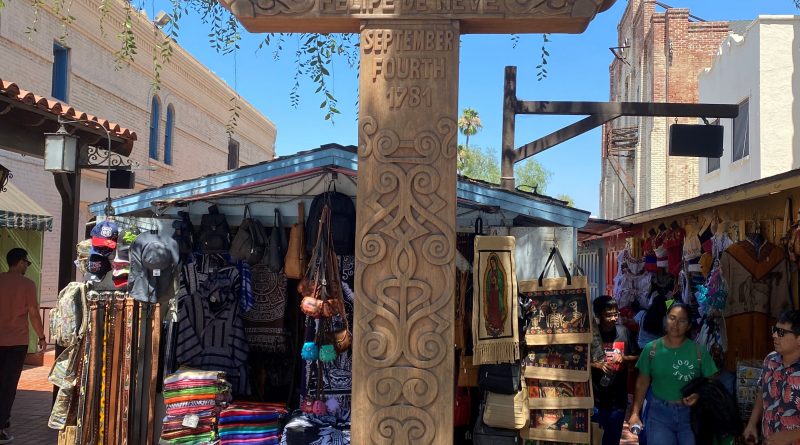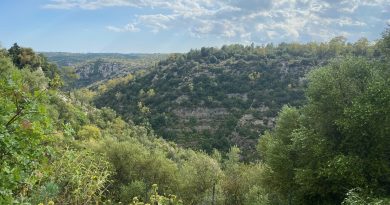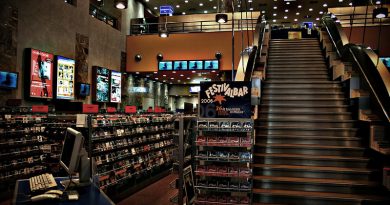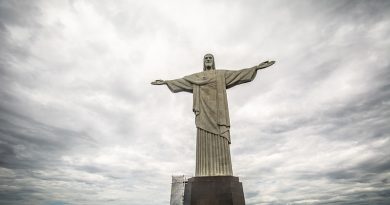Olvera Street: LA’s Mexican Heart
Olvera Street, is a historic pedestrian street in El Pueblo de Los Ángeles, the historic center of Los Angeles. The street is located off of the Plaza de Los Ángeles, the oldest plaza in California, which served as the center of the city life through the Spanish and Mexican eras into the early American era.
Restaurants, vendors, and public establishments line the street. Olvera St attracts almost two million visitors per year.The street is home to numerous of the oldest buildings in Los Angeles, include the Ávila Adobe, the oldest standing residence in Los Angeles.
Los Angeles was founded in 1781 by Spanish pobladores (settlers), on a site southeast of today’s Olvera Street near the Los Angeles River. They consisted of 11 families—44 men, women, and children — and were accompanied by a few Spanish soldiers.They had come from nearby Mission San Gabriel Arcángel to establish a secular pueblo on the banks of the Porciúncula River at the Indian village of Yang-na.
“Of the 44 original pobladores who founded Los Angeles, only two were white. Of the other 42, 26 had some degree of African ancestry and 16 were Indians or mestizos -people of mixed Spanish and Indian blood”. – William M. Mason, 1975.
The pueblo eventually built its own parish church, known today as the “Old Plaza Church.” Unpredictable flooding forced the settlers to abandon the original site and move to higher ground in the early 1800s, with the current Plaza at the center of the newly moved pueblo.
Spanish colonial rule lasted until Mexican independence in 1821. This period saw Los Angeles’s first streets and adobe buildings. During Mexican rule, which lasted twenty-six years, the Plaza was the heart of a vibrant ethnic Californio community life in Los Angeles and was the center of an economy based upon farming in the former flood plain, supplemented with cattle ranching.
The Avila Adobe at 10 Olvera Street was built in 1818 and is the oldest surviving residence in Los Angeles. It was built by Francisco Ávila, a wealthy cattle rancher. Its adobe walls are 2½ to 3 feet thick. U. S. Navy Commodore Robert Stockton took it over as his temporary headquarters when the United States first occupied the city in 1846. Listed on the National Register of Historic Places, the adobe is also designated as California State Landmark No. 145.




